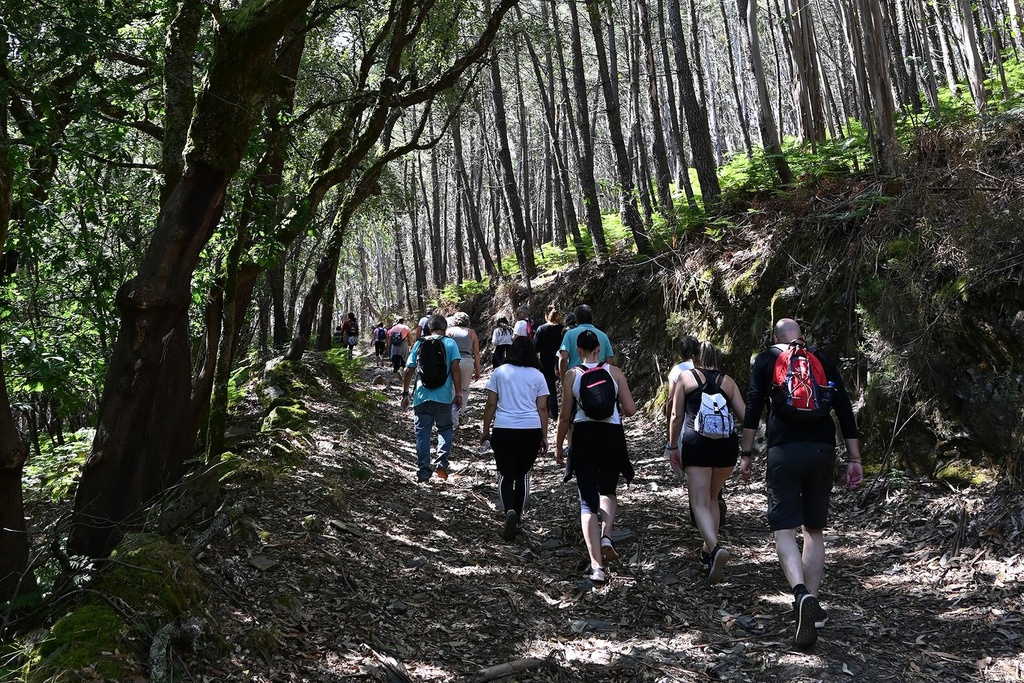There are no documents or remains to tell us what happened here before the 12th century. The chronicle of the Dominican friar Br. Lucas of Santa Catarina – who was entrusted with the task of writing the memoirs of the Order of Malta, published in 1734 - provides some historical information on Álvaro. He writes that tradition held that in the time of the reconquest "a certain Knight (of name unknown)" supposedly erected at the highest point of the place” a fortification, and Castle".
Although neither documentary evidence nor physical traces have been discovered of any castle or palace, it is a fact that in the local toponymy the names Chão do Paço" (Palace ground) and "Rua do Castelo" (Castle street) have remained or been applied at the sites where these are said to have existed. That chronicler also states that the same tradition mentioned that when the Moors no longer posed a threat, the knight went away, leaving "an attendant, by the name of Alvaro Pires" who "began to settle the site, dividing out the lands and calling in farmers. They, wishing to show their gratitude for this benefit, kept the name of the Founder for the settlement".
Thus, Álvaro is thought to have been founded in the line of defence against the Moors, at a strategic crossing point of the Zêzere. Be that as it may, in the donation by King Sancho I (who reigned from 1185 to 1211) to the Order of Malta in 1194, no mention is made of Álvaro, from which we can deduce that it probably hadn’t come into existence then. However, in 1345 the Commander of the Order of Malta made various representations in a dispute with the king over ownership over the Commendam of Álvaro And King Fernando (who reigned from 1367 to 1383), sanctioned this claim by the Order in 1381. This litigation over the ownership of Álvaro and its lands was reignited with King Afonso V (who reigned from 1438 to 1481) when he decided to bequeath it to the Lord of Trofa, Gomes Martins de Lemos, in 1455, making him the 1st Lord of Álvaro.
At the beginning of the 16th century, (1514), Álvaro became a town under the New Charter of King Manuel I, at which time the pillory, which has since disappeared, would have been built. In a Royal Letter of 1516 the monarch also encouraged its inhabitants to form a structure to give succour to the sick. Nevertheless, it was only at the end of that century that the Misericórdia and its Hospital were built, founded by Catharina Garcia and her children. Each of these welfare institutions functioned in its own house, as detailed in a deed made on 29 July 1597, when the chapel of the Misericórdia was built. In 1712 Father Carvalho da Costa mentions that the town, at this stage numbering 360 inhabitants, belonged to the Marquis of Marialva. However, in spiritual terms, it remained a commendam of the Order of Malta.
In 1836, with the advent of liberalism and the administrative reform of Mouzinho da Silveira, Álvaro lost its administrative and judicial autonomy, becoming a parish in the municipality of Oleiros.
Read more here on the presence of the Order of Malta in Portugal and in the village of Álvaro.
Origin of the name
There are two hypotheses for the source of the village’s name. PIMENTEL (1881) states that a servant by the name of Álvaro Pires supposedly was charged with defending and settling the site, which came to be named after him. On the other hand, “álvaro” in archaic Portuguese meant alamo or poplar, a species characteristic of riverside zones. And it is a fact that “álvaro” appears in other place names in the area: Porto de Álvaro, near Oleiros; Serdeiras de Álvaro and Mata de Álvaro.
Primary school
Álvaro had a primary school, which was built in the time of the Estado Novo under the so-called "Constructions Plan", in partnership with the Municipal Council of Oleiros. It underwent renovation work in 1973. Nowadays, it has fallen into disrepair. It is situated at the extreme west of the village, in the place called Chão do Paço.
The village also had a bakery, in the building with the only industrial chimney to be seen.
The French invasions in Álvaro
The then town of Álvaro was also humiliated by invading Napoleonic army.
It is said that the Misericórdia chapel was transformed into stables. The images of Nicodemos and Joseph of Arimathea were knocked over and the hollowed backs used as drinking troughs for the horses. Here also, the gravestone of Captain José Rodrigues Freire, which would have only just been laid on the floor of the Chapel of Senhor dos Passos, had the words “CHRISTO” and “IESUS” on it chipped away by the Napoleonic troops.
José Rodrigues Freire
He was born into a poor family in Álvaro then went to Brazil, where he made his fortune. He became Captain of the Prince’s Cavalry. He was awarded the “habit of Christ” decoration, which, at that time, was a great honour. It is said that one day in the jungle he almost sat on a boa constrictor through lack of attention. Having escaped without injury, he immediately resolved to give thanks for his good luck in the church of his home town.
The ferry over the Zêzere
There never used to be a bridge over the Zêzere here. To cross, you waited for shallow waters in summer or else went by boat using the strength of your arms or forded it during the dry season
During the 1960s/1970s there was a toll for crossing by boat or barge: 1$00 per person; $50 per goat or sheep; 4$00 per pair of oxen. In 1983 the bridge was opened and the ferry disappeared.




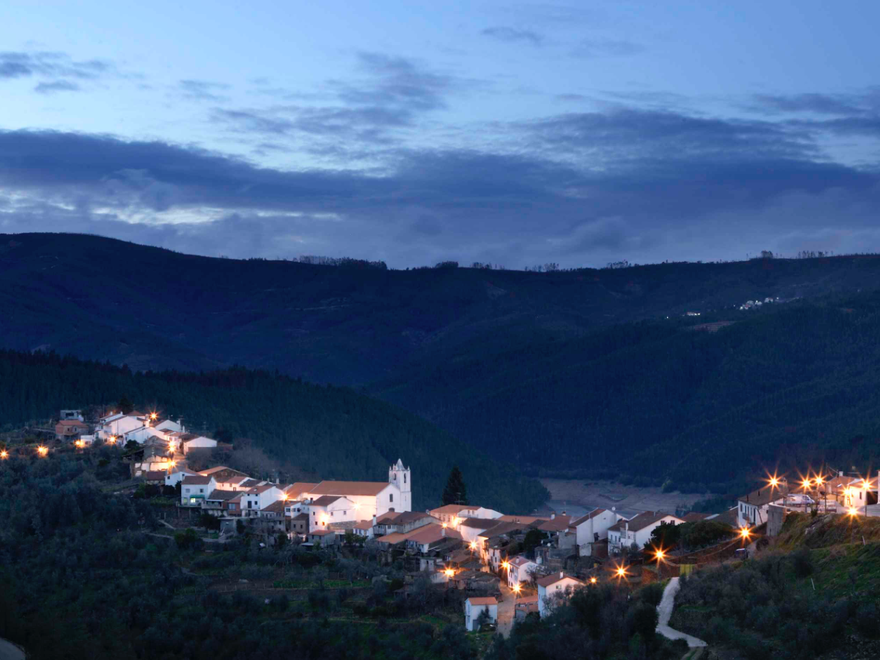




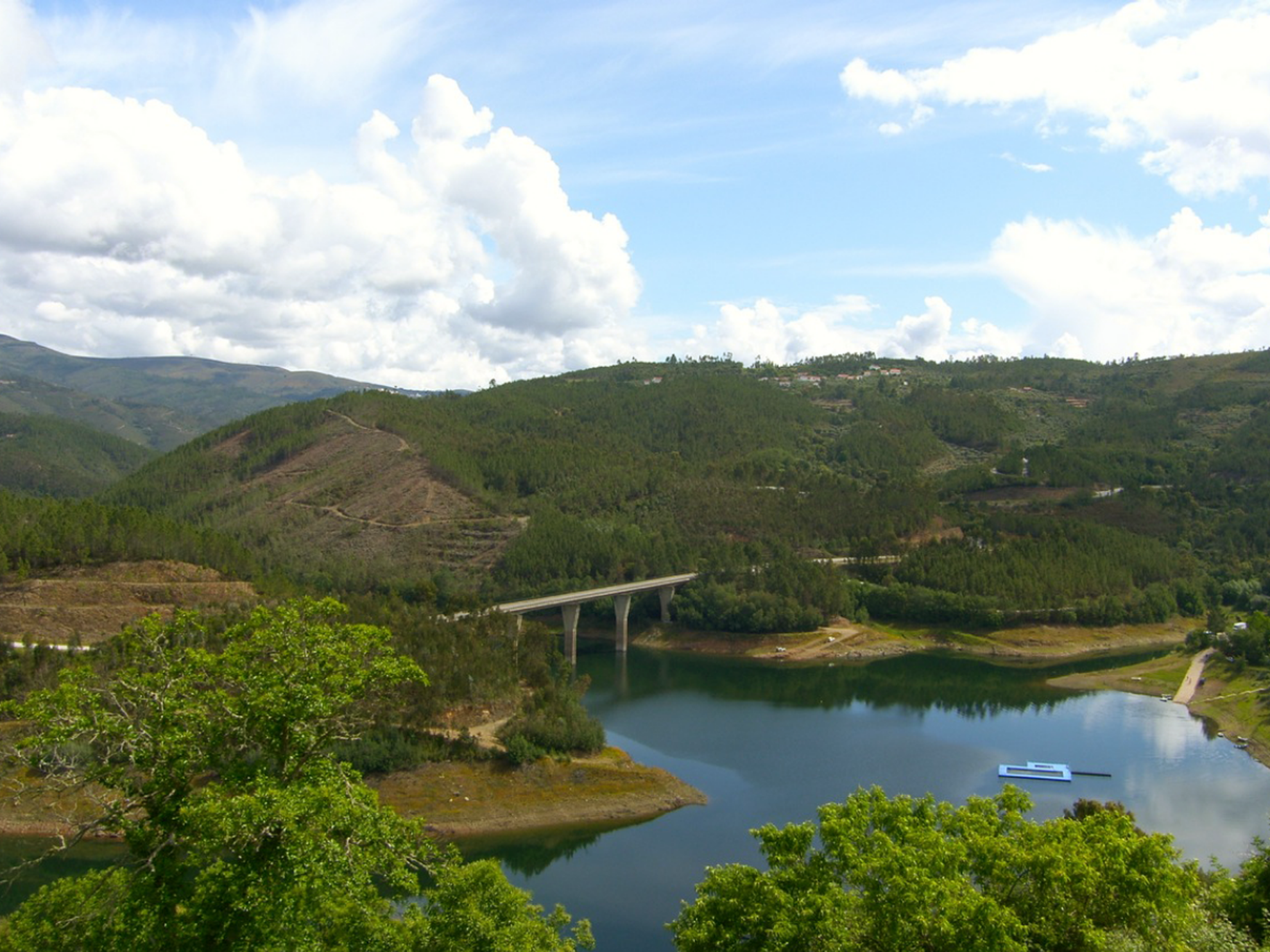


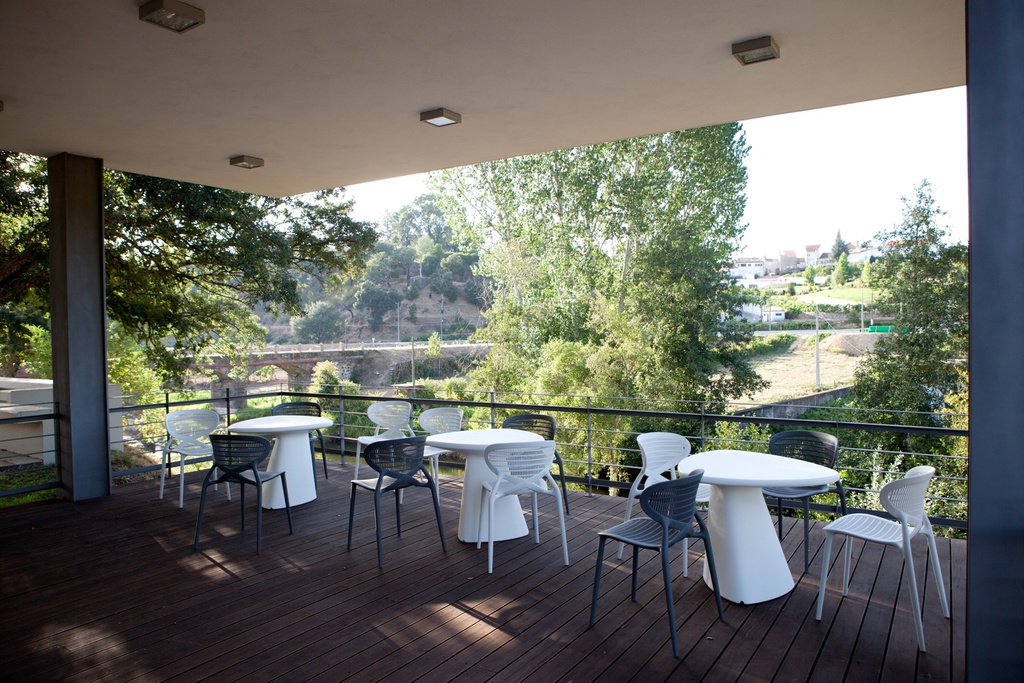


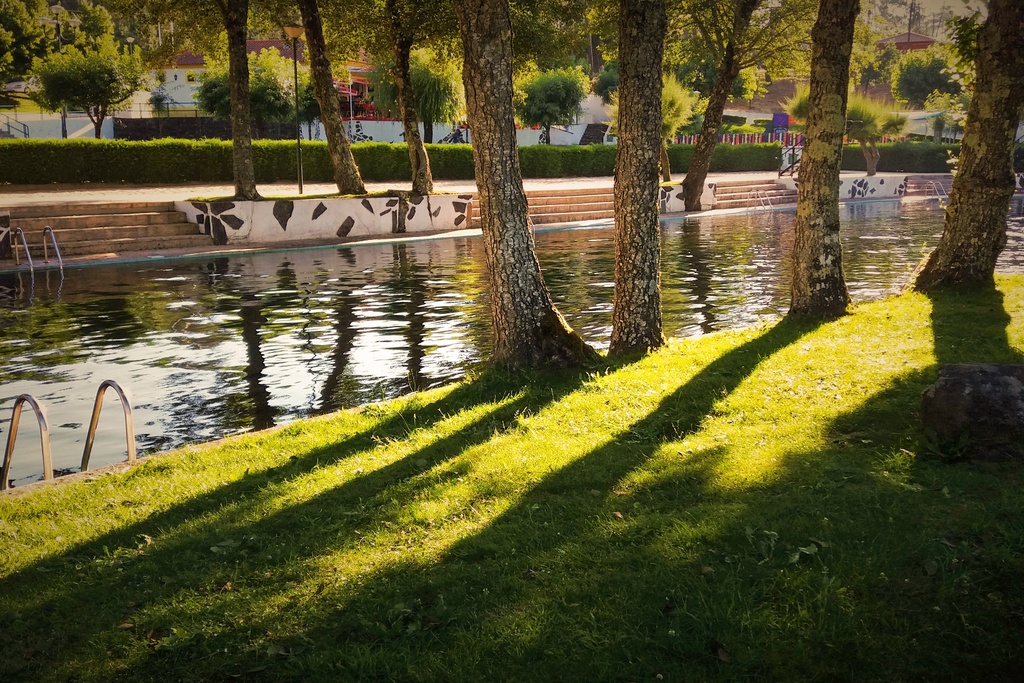

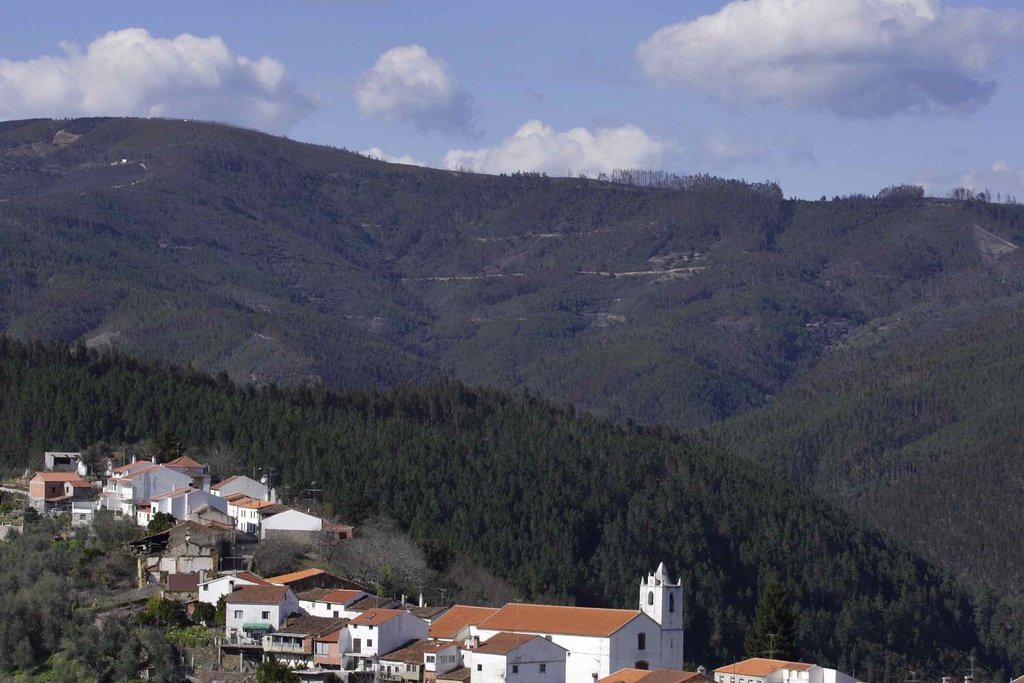



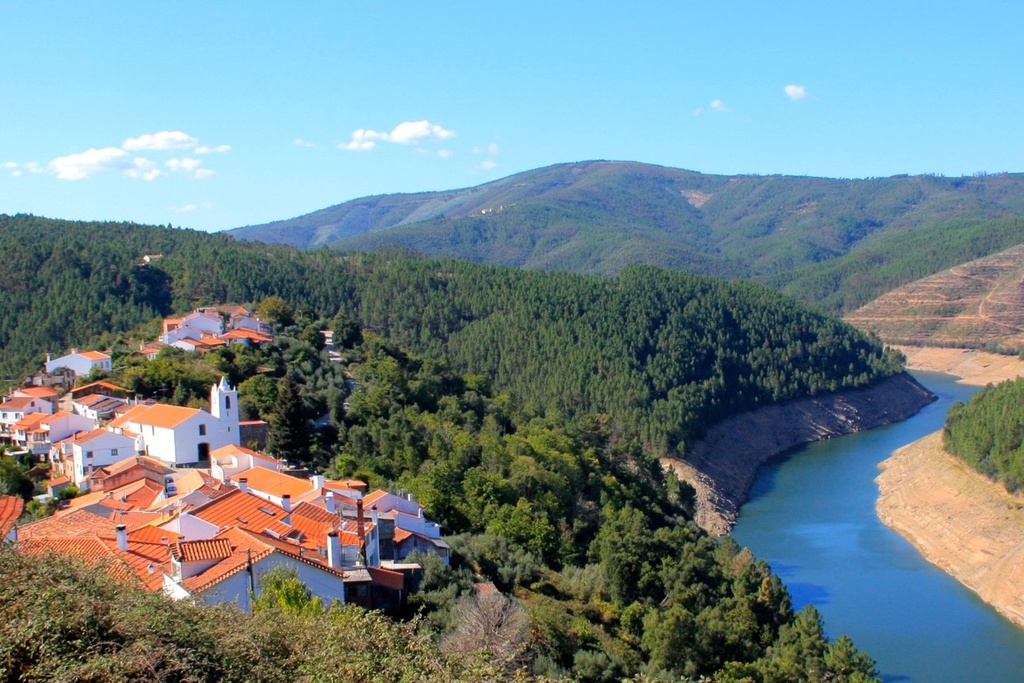
![Under the Sign of Cabril II [GR33 - GRZ: Canoeing]](/media/filer_public/f8/05/f805ef19-433b-4a3b-995f-d2b009086fe0/aldeias-xisto-aldeias-xisto-rio_zc3aazere_3dxcwph.jpg.1024x683_q95_crop_upscale.jpg)





















